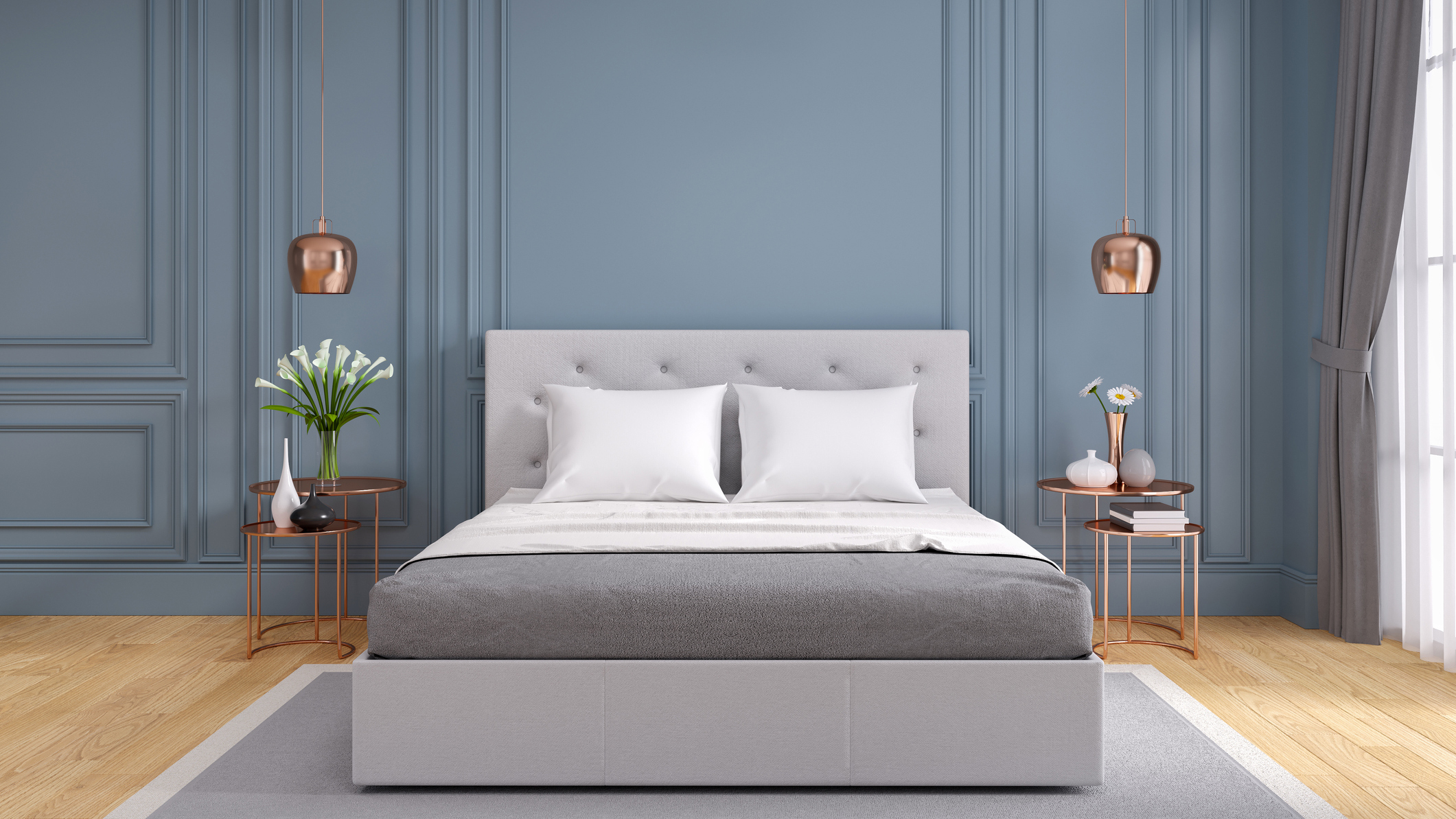Bedroom Variations: What Classifies A Bedroom In A House

Beyond the basic definition of a bedroom, there exist a multitude of variations that cater to different needs and preferences. Understanding these variations is crucial for appreciating the diverse range of bedroom spaces found in homes.
Master Bedroom vs. Guest Bedroom, What classifies a bedroom in a house
The master bedroom, often the largest and most luxurious, serves as the primary sleeping space for the homeowners. Guest bedrooms, on the other hand, are designed to accommodate visitors and typically prioritize functionality over lavishness.
- Size: Master bedrooms tend to be significantly larger than guest bedrooms, providing ample space for furniture, storage, and personal touches. Guest bedrooms are often smaller, with a focus on efficiency and maximizing space for sleeping.
- Amenities: Master bedrooms often boast additional amenities such as en-suite bathrooms, walk-in closets, and luxurious fixtures. Guest bedrooms may have more basic amenities, including a shared bathroom and standard closet space.
- Functionality: Master bedrooms are designed for relaxation and personal retreat, with features that enhance comfort and privacy. Guest bedrooms prioritize practicality and functionality, ensuring a comfortable stay for visitors.
Single-Family vs. Multi-Family Dwellings
Bedrooms in single-family homes often reflect the unique tastes and needs of the residents, while bedrooms in multi-family dwellings prioritize practicality and shared spaces.
- Design: Bedrooms in single-family homes are typically customized to reflect the homeowner’s style and preferences. In multi-family dwellings, bedrooms often have a more standardized design, with a focus on functionality and shared amenities.
- Features: Single-family homes may feature unique bedroom features like fireplaces, balconies, or walk-in closets. Multi-family dwellings may prioritize shared amenities such as laundry facilities or community spaces.
- Space: Bedrooms in single-family homes often have more space, allowing for larger furniture and personal touches. Multi-family dwellings may have smaller bedrooms, with a focus on maximizing space for sleeping and storage.
Factors Influencing Bedroom Design
The design and layout of a bedroom can be influenced by a multitude of factors, ensuring a space that caters to the unique needs and preferences of the occupants.
- Age of Occupants: Children’s bedrooms often feature playful decor and bright colors, while adults may prefer more sophisticated and calming designs.
- Personal Preferences: Individuals may have distinct preferences for color schemes, furniture styles, and lighting. These preferences should be incorporated into the design to create a personalized and inviting space.
- Available Space: The size and shape of the room will dictate the layout and furniture choices. Smaller bedrooms may require space-saving solutions, while larger bedrooms offer more flexibility for customization.
- Lifestyle: The occupant’s lifestyle and daily routines can influence bedroom design. For example, individuals who work from home may need a dedicated workspace, while those who enjoy reading may prefer a comfortable reading nook.
- Budget: The budget allocated for the bedroom will determine the materials, furniture, and decor choices. It is essential to balance aesthetic preferences with financial constraints.
